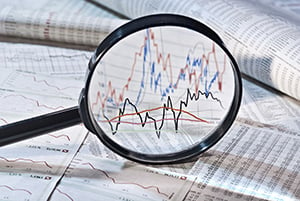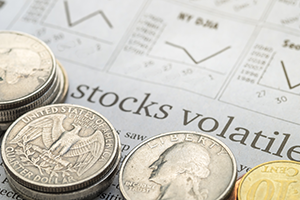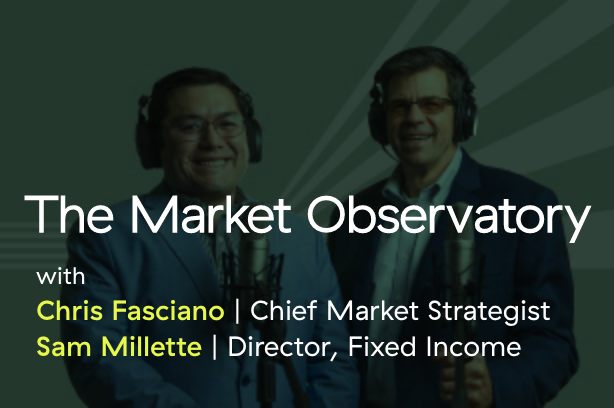Recently, the number of questions I’ve been getting has been greater than usual. People are getting scared. It is not just about the pandemic, as that seems to be and is, at the moment, moving under control. Rather, people are worried about the election (and what that means for their portfolios), about the value of the dollar (and what that means for their portfolios), and about inflation (and what that means for their portfolios). The first concern comes up every four years, and the second and third are perennials, which appear whenever things look a bit dicey. No surprises here. But what is surprising is what’s missing: the questions about the federal deficit. This kind of uncertainty typically generates questions about what the deficit, and the debt, mean. Not this time.












